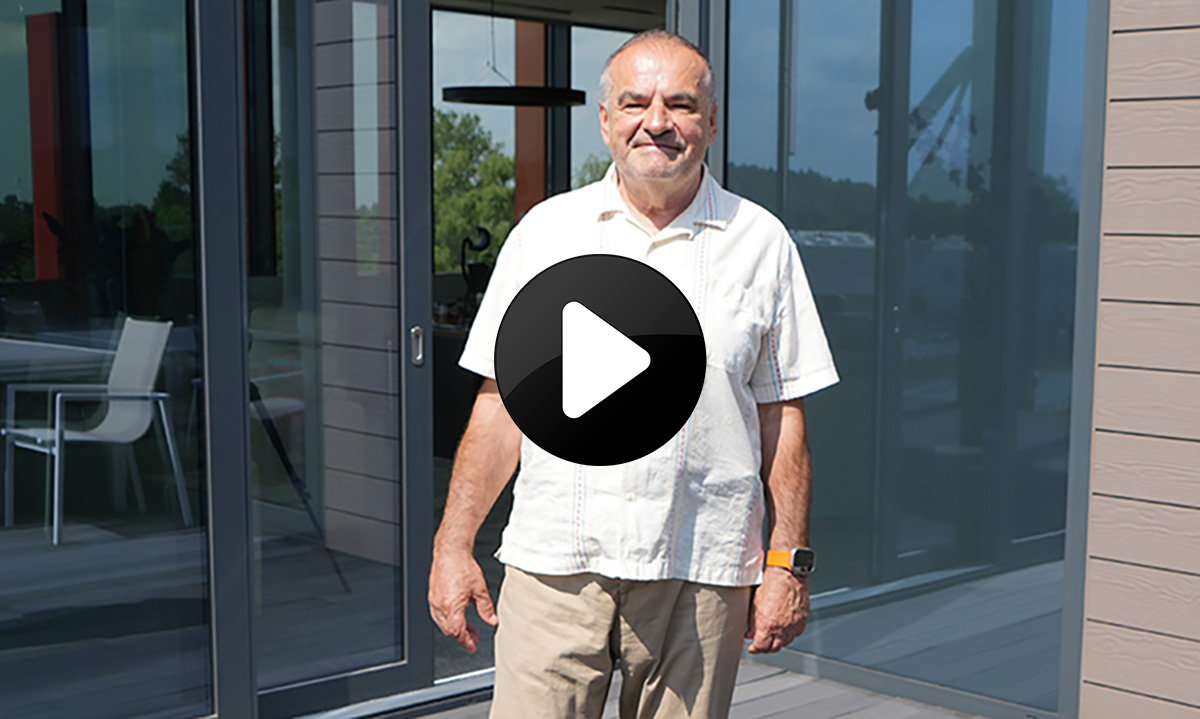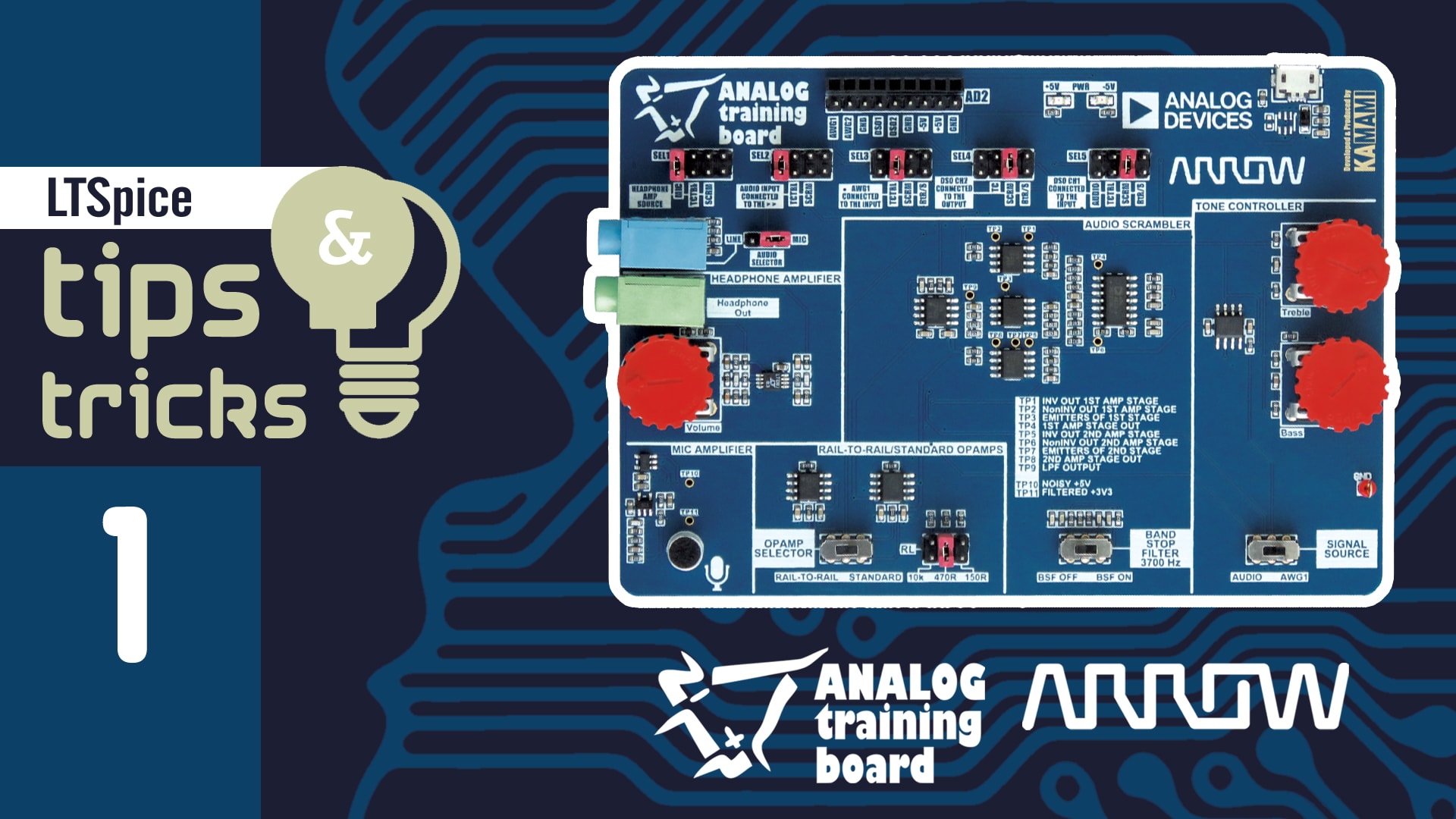Precyzyjne opóźnienia w połączeniu z trybami oszczędzania energii w STM32, część 1
List. 2. Implementacja funkcji opóźniających umieszczona w pliku sleep.c
#include "check.h"
#include "clock.h"
#include "sleep.h"
#include
#include
#include
#include
#include
#include
/* Licznik dla opóźnień mikrosekundowych,
zwiększany z częstotliwością 1 MHz */
#define US_TIM TIM2
#define US_TIM_IRQn TIM2_IRQn
#define US_RCC_APB1Periph_TIM RCC_APB1Periph_TIM2
#define US_TIM_IRQHandler TIM2_IRQHandler
/* Licznik dla opóźnień milisekundowych,
zwiększany z częstotliwością 2 kHz */
#define MS_TIM TIM3
#define MS_TIM_IRQn TIM3_IRQn
#define MS_RCC_APB1Periph_TIM RCC_APB1Periph_TIM3
#define MS_TIM_IRQHandler TIM3_IRQHandler
static unsigned usCalibration = 0;
void USleep(unsigned count) {
if (count > usCalibration)
count -= usCalibration;
else if (count > 0)
count = 1; /* minimalna możliwa wartość */
else
return; /* count == 0 */
US_TIM->CNT = 0;
US_TIM->CCR1 = count;
US_TIM->CR1 |= TIM_CR1_CEN;
do
__WFE();
while (US_TIM->CR1 & TIM_CR1_CEN);
}
void US_TIM_IRQHandler(void) {
if (TIM_GetITStatus(US_TIM, TIM_IT_CC1)) {
TIM_ClearITPendingBit(US_TIM, TIM_IT_CC1);
US_TIM->CR1 &= ~TIM_CR1_CEN;
__SEV();
}
}
void MSleep(unsigned count) {
if (count > 0) {
MS_TIM->CNT = 0;
MS_TIM->CCR1 = count << 1; /* tyka 2 kHz */ MS_TIM->CR1 |= TIM_CR1_CEN;
do
__WFE();
while (MS_TIM->CR1 & TIM_CR1_CEN);
}
}
void MS_TIM_IRQHandler(void) {
if (TIM_GetITStatus(MS_TIM, TIM_IT_CC1)) {
TIM_ClearITPendingBit(MS_TIM, TIM_IT_CC1);
MS_TIM->CR1 &= ~TIM_CR1_CEN;
__SEV();
}
}
/* #define PWR_REGULATOR_MODE PWR_Regulator_ON */
#define PWR_REGULATOR_MODE PWR_Regulator_LowPower
static unsigned hclkMHz;
void Sleep(unsigned count) {
if (count > 0) {
/* Alarm zgłaszany jest w ostatnim cyklu oscylatora RTC
odpowiadającego sekundzie, w której alarm należy
zgłosić, więc count <= czas uśpienia < count + 1. */
RTC_WaitForLastTask();
RTC_SetAlarm(RTC_GetCounter() + count);
RTC_WaitForLastTask();
do
PWR_EnterSTOPMode(PWR_REGULATOR_MODE, PWR_STOPEntry_WFE);
while (!RTC_GetFlagStatus(RTC_IT_ALR));
RTC_WaitForLastTask();
RTC_ClearITPendingBit(RTC_IT_ALR);
/* Po obudzeniu trzeba przywrócić pracę oscylatorów. */
ClockConfigure(hclkMHz);
}
}
void Standby(unsigned time) {
PWR_WakeUpPinCmd(ENABLE);
RTC_WaitForLastTask();
RTC_SetAlarm(RTC_GetCounter() + time);
RTC_WaitForLastTask();
PWR_EnterSTANDBYMode();
}
int SleepConfigure(unsigned freqMHz) {
TIM_TimeBaseInitTypeDef TIM_TimeBaseStruct;
TIM_OCInitTypeDef TIM_OCInitStruct;
NVIC_InitTypeDef NVIC_InitStruct;
EXTI_InitTypeDef EXTI_InitStruct;
hclkMHz = freqMHz;
/* Kalibracja 1 us + 120 cykle zegara */
usCalibration = 1U + (120U / freqMHz);
RCC_APB1PeriphClockCmd(US_RCC_APB1Periph_TIM |
MS_RCC_APB1Periph_TIM |
RCC_APB1Periph_PWR |
RCC_APB1Periph_BKP,
ENABLE);
TIM_TimeBaseStructInit(&TIM_TimeBaseStruct);
TIM_TimeBaseStruct.TIM_CounterMode = TIM_CounterMode_Up;
TIM_OCStructInit(&TIM_OCInitStruct);
TIM_OCInitStruct.TIM_OCMode = TIM_OCMode_Timing;
NVIC_PriorityGroupConfig(NVIC_PriorityGroup_2);
NVIC_InitStruct.NVIC_IRQChannelPreemptionPriority = 1;
NVIC_InitStruct.NVIC_IRQChannelSubPriority = 0;
NVIC_InitStruct.NVIC_IRQChannelCmd = ENABLE;
/* Konfiguruj licznik mikrosekundowy na 1 MHz. */
TIM_TimeBaseStruct.TIM_Prescaler = freqMHz - 1;
TIM_TimeBaseInit(US_TIM, &TIM_TimeBaseStruct);
TIM_OC1Init(US_TIM, &TIM_OCInitStruct);
TIM_OC1PreloadConfig(US_TIM, TIM_OCPreload_Disable);
NVIC_InitStruct.NVIC_IRQChannel = US_TIM_IRQn;
NVIC_Init(&NVIC_InitStruct);
TIM_ClearITPendingBit(US_TIM, TIM_IT_CC1);
TIM_ITConfig(US_TIM, TIM_IT_CC1, ENABLE);
/* Konfiguruj licznik milisekundowy na 2 kHz. */
TIM_TimeBaseStruct.TIM_Prescaler = freqMHz * 500 - 1;
TIM_TimeBaseInit(MS_TIM, &TIM_TimeBaseStruct);
TIM_OC1Init(MS_TIM, &TIM_OCInitStruct);
TIM_OC1PreloadConfig(MS_TIM, TIM_OCPreload_Disable);
NVIC_InitStruct.NVIC_IRQChannel = MS_TIM_IRQn;
NVIC_Init(&NVIC_InitStruct);
TIM_ClearITPendingBit(MS_TIM, TIM_IT_CC1);
TIM_ITConfig(MS_TIM, TIM_IT_CC1, ENABLE);
/* Konfiguruj licznik sekundowy. */
PWR_BackupAccessCmd(ENABLE);
if (PWR_GetFlagStatus(PWR_FLAG_SB) != RESET) {
/* Mikrokontroler obudził się ze stanu czuwania. Nie ma
potrzeby ponownego konfigurowania RTC - konfiguracja
jest zachowywana po wybudzeniu ze stanu czuwania. */
PWR_ClearFlag(PWR_FLAG_SB);
RTC_WaitForSynchro();
}
else {
/* Mikrokontroler został zresetowany, konfiguruj RTC, aby
był taktowany kwarcem 32768 Hz i tykał z okresem 1 s. */
RCC_LSEConfig(RCC_LSE_ON);
active_check(RCC_GetFlagStatus(RCC_FLAG_LSERDY), 10000000);
RCC_RTCCLKConfig(RCC_RTCCLKSource_LSE);
RCC_RTCCLKCmd(ENABLE);
RTC_WaitForSynchro();
RTC_SetPrescaler(32767);
RTC_WaitForLastTask();
}
/* Konfiguruj linię 17 EXTI (alarm RTC), aby narastające
zbocze ustawiało rejestr zdarzenia */
EXTI_StructInit(&EXTI_InitStruct);
EXTI_InitStruct.EXTI_Line = EXTI_Line17;
EXTI_InitStruct.EXTI_Trigger = EXTI_Trigger_Rising;
EXTI_InitStruct.EXTI_LineCmd = ENABLE;
EXTI_InitStruct.EXTI_Mode = EXTI_Mode_Event;
EXTI_Init(&EXTI_InitStruct);
RTC_WaitForLastTask();
RTC_ClearITPendingBit(RTC_IT_ALR);
return 0;
}





 Koniec ery defiladowej. Cykl życia technologii na froncie skrócił się do kilku tygodni
Koniec ery defiladowej. Cykl życia technologii na froncie skrócił się do kilku tygodni  Mouser Electronics podpisuje globalną umowę dystrybucyjną z Telit Cinterion dotyczącą rozwiązań IoT
Mouser Electronics podpisuje globalną umowę dystrybucyjną z Telit Cinterion dotyczącą rozwiązań IoT  Czym jest czytnik e-booków i jak działa?
Czym jest czytnik e-booków i jak działa? 




